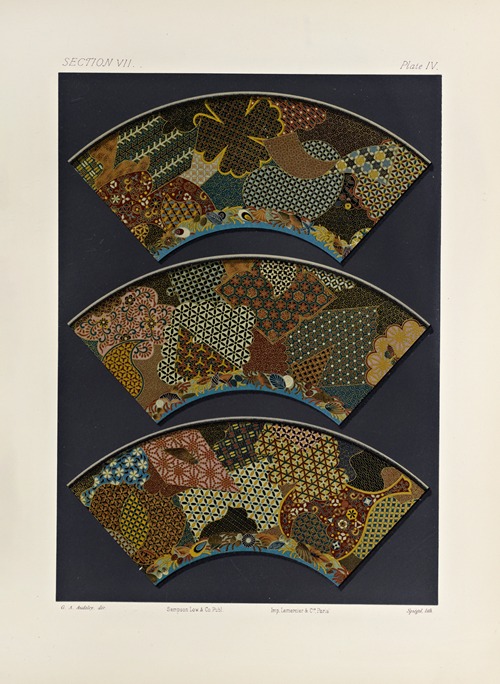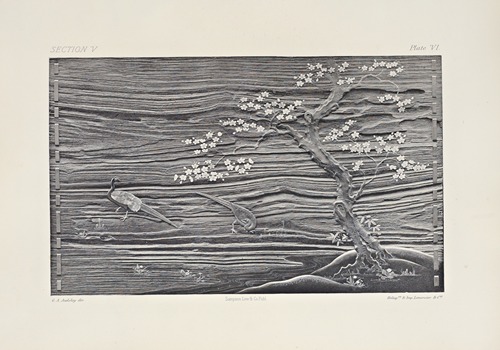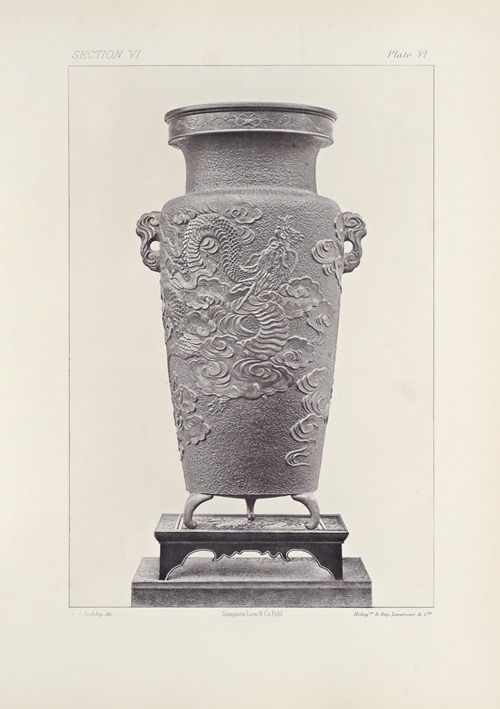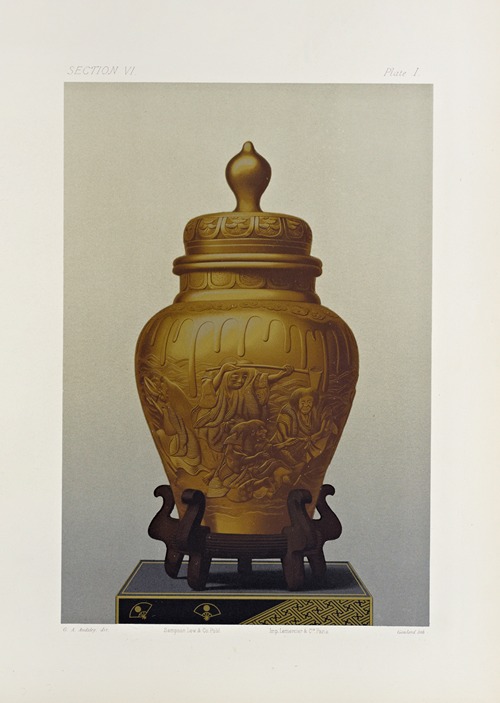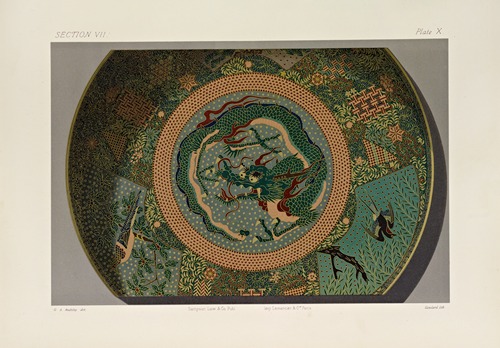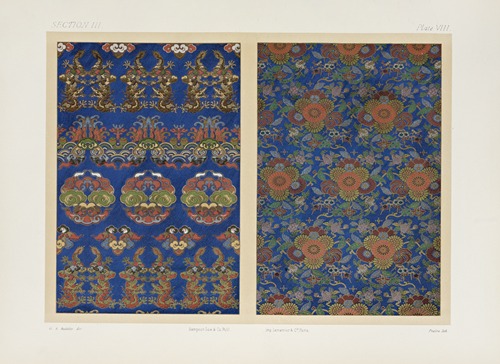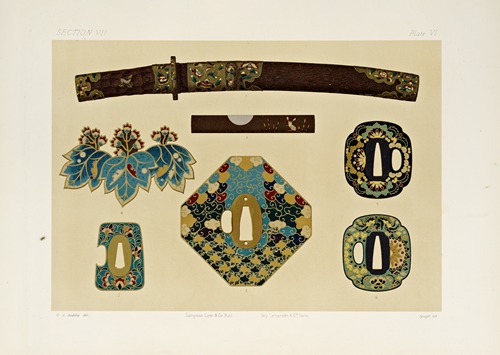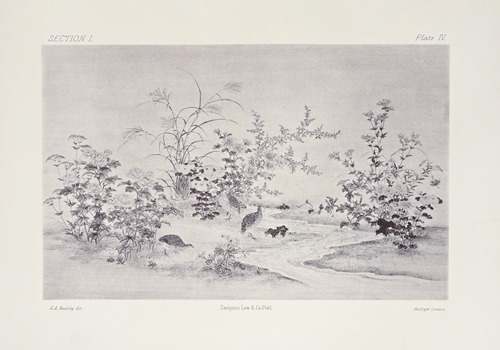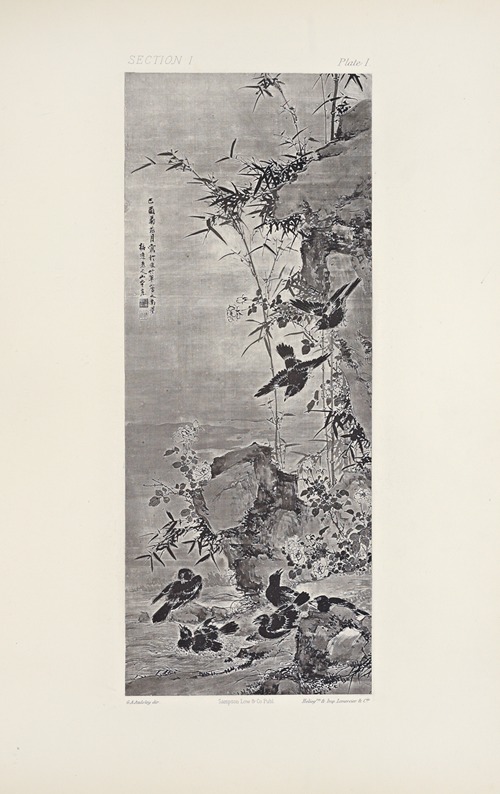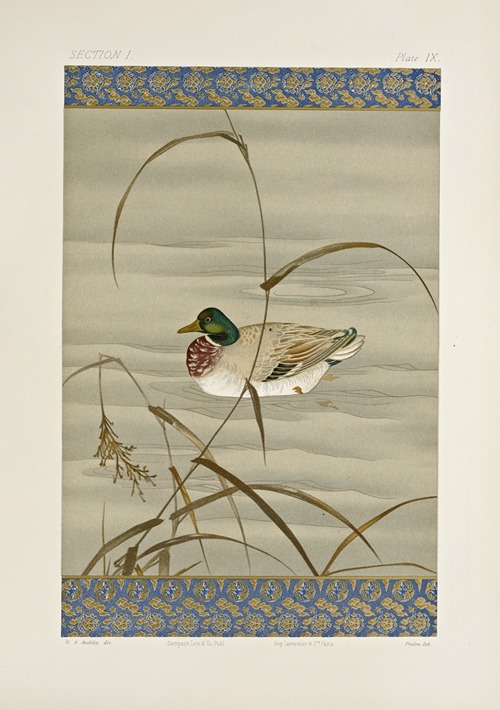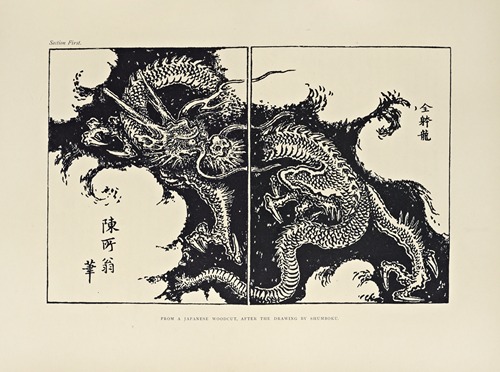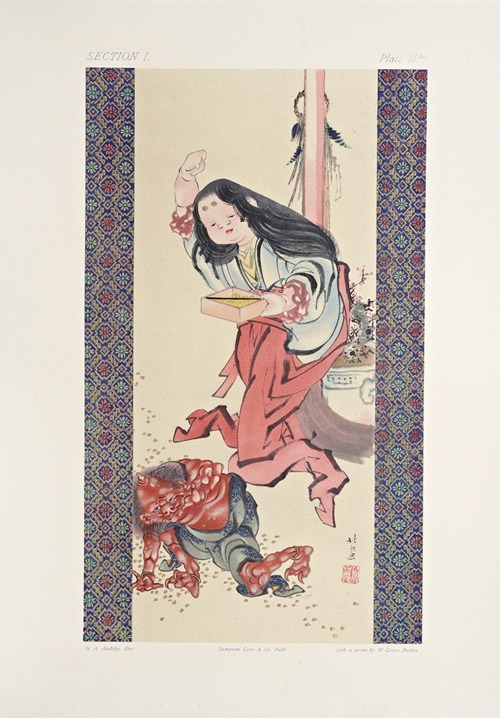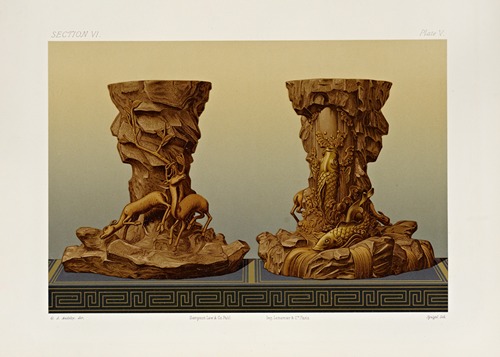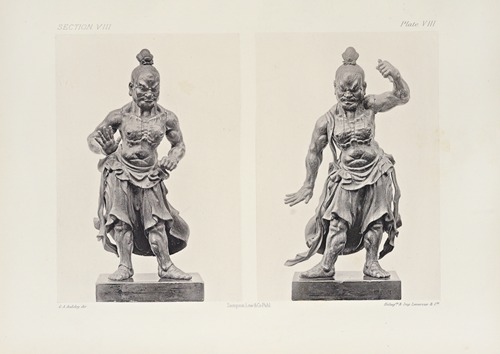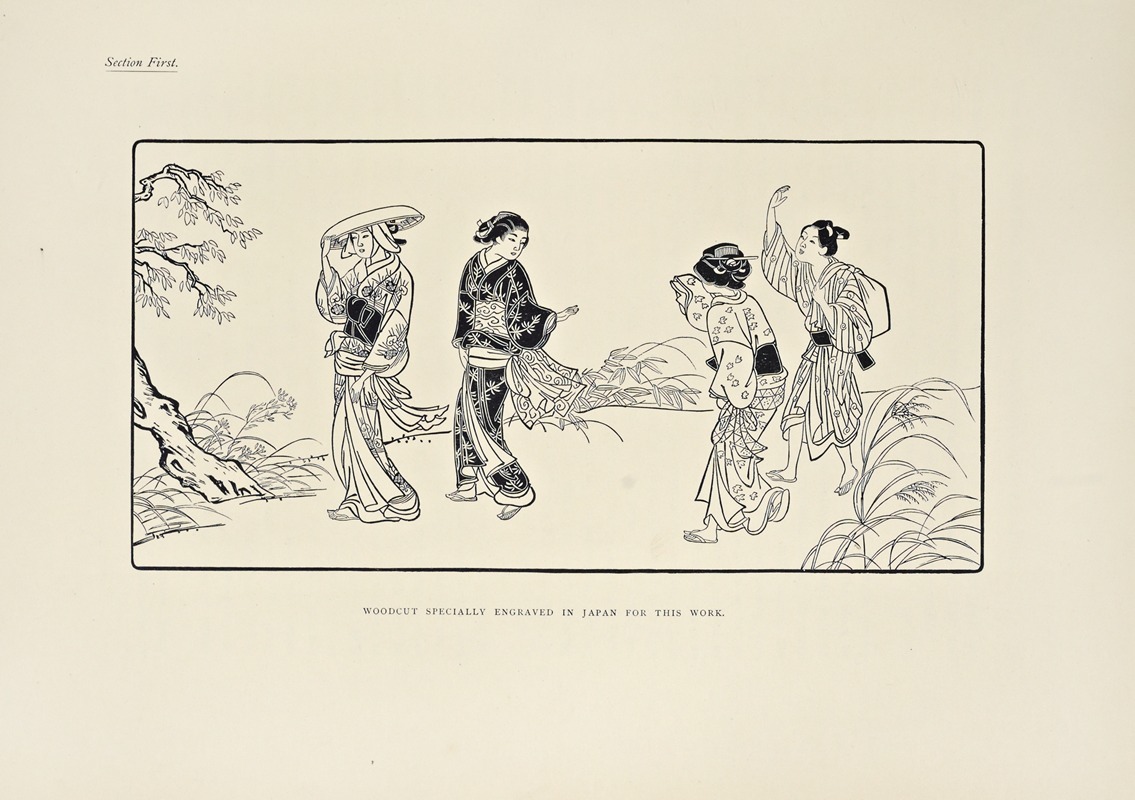
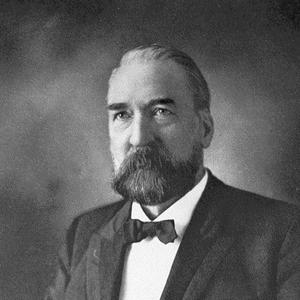
George Ashdown Audsley was an accomplished architect, artist, illustrator, writer, decorator and pipe organ designer who excelled in many artistic fields but is perhaps best known today for having designed the Wanamaker Organ in Philadelphia.
Born September 6, 1838, in Elgin, Scotland, Audsley apprenticed with A. & W. Reid, architects there. In 1856, he followed his older brother, William James Audsley to Liverpool, England, and was employed by architect John Weightman. By 1860, Audsley & Co., architects and makers of mounts and passe-partout, was established. The firm was eventually named W. & G. Audsley and completed ten churches in the Gothic Revival Style in the Liverpool area. An eclectic style was used for synagogues built in Liverpool and London. The firm's secular buildings, such as the Layton Art Gallery in Milwaukee, WI, USA, closely followed the style of Alexander Thomson (1817-1875), featuring Greek, Egyptian and Hindu motifs.
Audsley and his brother authored lavishly illustrated books on ornament and Japanese art, as well as personally illuminated versions of great literature.
In 1875 Audsley collaborated with his friend James Lord Bowes, a wealthy Liverpool Wool Merchant and collector of Japanese art, to produce The Keramic Art of Japan. This was one of the first and most important books on Japanese art to be produced in the English language and, like many of Audsley's works, it continues to be a popular classic publication still in print.
By 1884, the brothers apparently separated, with William emigrating to the United States and George relocating to a London suburb where he had built a house complete with a music room and a pipe organ he designed himself that was admired by Saint-Saëns and others. The move to London seems to have been occasioned by Audsley's success with the New West End Synagogue there (a masterpiece of Victorian architecture and furnishing), but further architectural commissions in the London area failed to materialize. While there, he appears to have been financially unsuccessful in establishing himself as a pipe-organ designer and author of artistic books. He emigrated to the United States, settling in the New York City area in around 1890.
The firm of W. & G. Audsley was revived and was commissioned to design the Bowling Green Offices (completed 1896), the largest office building erected in New York City to that time. Two Catholic schools, a chapel in Brooklyn, NY, a library in Norwalk, CT, and a church in Philadelphia, PA, were also designed by the firm.
Audsley's last years were spent with little income living with his son in Bloomfield, New Jersey. He died there working on his unfinished book, The Temple of Tone, on June 21, 1925, and was buried at Mt. Hope Cemetery in Yonkers, New York.
